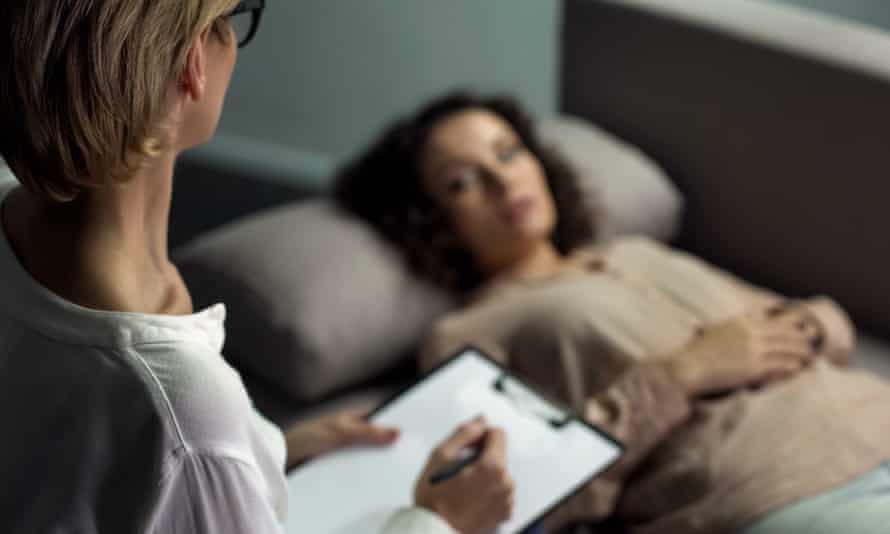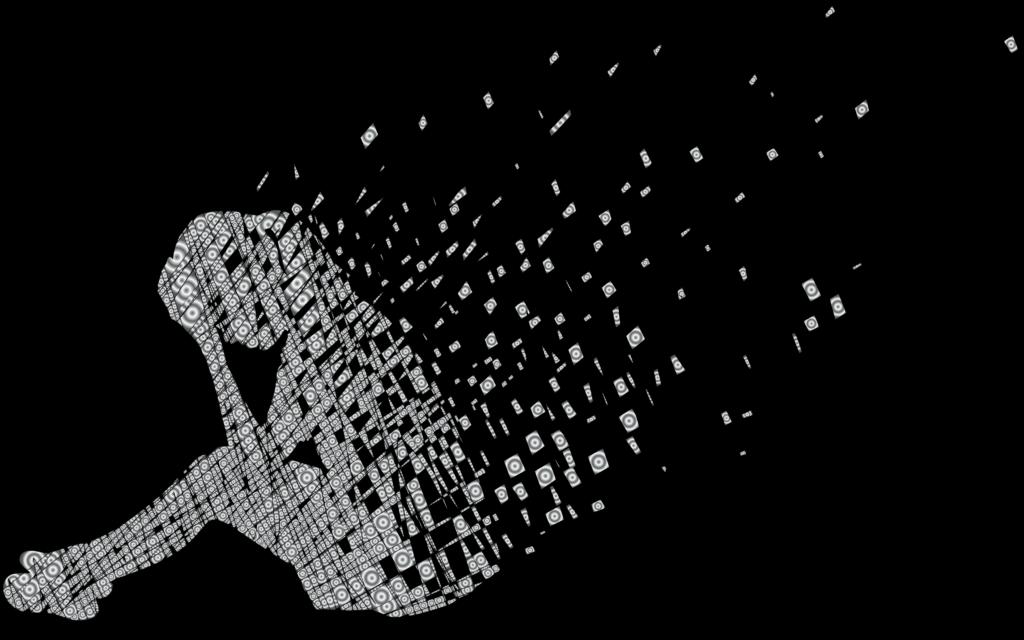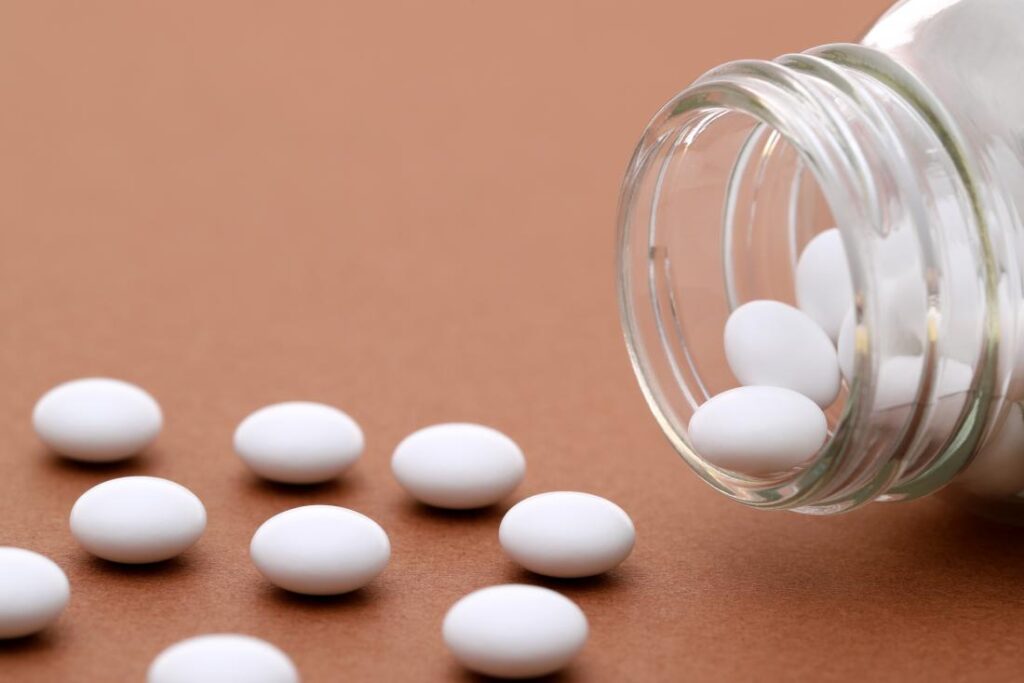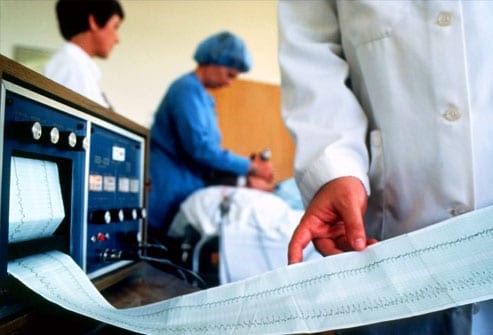
Depression is a common but serious mood disorder that has negative impact on person’s daily living. It presents with depressed mood, loss of interest, feelings of guilt, low self-esteem, poor concentration and disturbed sleep or appetite.
It is a treatable disease however untreated symptoms may lead to severe complications such as significant impairment, health related disorders and in rare cases, suicide.
A famous poet named Henry Wadsworth said that:
“Every man has his secret sorrows which the world knows not; and often times we call a man cold when he is only sad.”
― Henry Wadsworth Longfellow
Prevalence rates in past years
Depression level increases during the COVID-19 pandemic worldwide June 2020, by age
The statistic depicts the percentage of the population who had depression worldwide from 1990 to 2017. According the data, 3.44 percent of the population worldwide had depression in 2017.
https://www.statista.com/statistics/1035132/percentage-of-people-with-depression-worldwide/
Prevalence rate during pandemic
A survey from June 2020, found that around 34.8 percent of adults aged 18 to 24 years reported being more depressed due to the COVID-19 pandemic. This statistic illustrates the percentage of adults worldwide who reported being more depression due to the COVID-19 pandemic as of June 2020, by age.
Sign and Symptoms
Symptoms can vary from mild to severe. For severe symptoms, person experience at least five of the listed symptoms for diagnosis.
Symptoms include:
- Depressed mood most of the day, nearly every day
- Markedly diminished interest or pleasure in activities most of the day, nearly every day
- Disturbed appetite
- Disturbed circadian rhythms
- Loss of energy or increased fatigue
- Restlessness or irritability
- Feelings of anxiety
- Feelings of worthlessness, helplessness, or hopelessness
- Inappropriate guilt
- Loss of concentration
- Indecisive
- Thoughts of death or attempts at suicide
Risk Factors
A person who live relatively in ideal circumstances may also experience episodes of depression.
Factors playing role are:
- Biochemistry: Different chemicals substances in the brain may contribute to symptoms.
- Genetics: It might be transmissible. For example, if one identical twin has depression, the other has a 70 percent chance of having the illness sometime in life.
- Personality: People with poor self-esteem are easily overwhelmed by stress. However, pessimistic people generally appear to be more likely to experience depression.
- Environmental factors: Continuous exposure to violence, neglect, abuse or poverty may make some people more vulnerable to depression.
Prevalence of depression in women more than men
The rate of depression is twice in women as among men. About 20 percent of women will experience at least one episode of depression across their lifetime. Biological life cycle, hormonal and psychosocial factors unique to women may be responsible for women’s higher depression rates. Researches have shown, for example, that alterations in hormones affect brain chemistry may have impact on emotions and mood.
Girls and boys experience depression at about the same frequency before adolescence. By adolescence, girls are more likely to experience this disorder than boys. The reason is that the biological and hormonal changes during puberty play major role in increasing rates of depression among girls.
Menopause and depression
Menopause is the condition in which a women’s menstrual cycle stops and a women is unable to pregnant naturally. The role of estrogen and progesterone is remarkable in menopause. Their production decrease naturally permanently and their low level leads to cessation of production of eggs in the ovaries. During transition into menopause, some women experience symptoms of depression due to rise and fall of estrogen and progesterone.

Postpartum Depression (PPD)
Women are particularly vulnerable to depression after giving birth due to physical and hormonal changes and the huge responsibility of the newborn. New mothers experience mild mood changes called ‘Baby Blues’. These symptoms disappear by 10th day but PPD may last for months and may take more than 10 days to dissipate. Researches suggest that women who had prior experience of depression often experience PPD.
Diagnosis and Treatment
Among mental disorders, depression is the most treatable disease that cause some relief from symptoms. About 80% to 90% of the people respond well to the treatment of depression. Some medication or certain medical conditions may lead to severe symptom of depression such as ‘Thyroid’. A mental health professional can rule out such possibilities by conducting diagnostic measures such as physical examination, lab tests and interview.
The first step is to visit a doctor for a medical evaluation for diagnosis.
Following are the treatable measures for treatment:
- Medication
- Psychotherapy
- Brain stimulation
- Exercise
Medication

Antidepressants are highly recommended for the treatment of depression. Psychiatrics recommend drug therapy for 2 to 3 months or more. If relieve of symptoms begin to occur in several weeks then the treatment is continue. If symptoms persists, alteration in the drug therapy or a substitute is given. Psychiatrists usually recommend medication for six or more months after the symptoms have improved.
Several classes of antidepressants are available as follows:
- selective serotonin reuptake inhibitors (SSRIs)
- monoamine oxidase inhibitors (MAOIs)
- tricyclic antidepressants
- atypical antidepressants
- selective serotonin and norepinephrine reuptake inhibitors (SNRIs)
Psychotherapy
‘Talk therapy’ or Psychotherapy is usually recommended for mild cases. For mild to moderate depression, Psychiatrists recommend psychotherapy along with antidepressant medication.
Also See: Why is Delta Variant the Deadliest development of COVID-19?
Cognitive behavioral therapy (CBT) is one of the effective treatments for depression. The main concern of CBT is focus on the present problem and search for resolving them. It helps a person to recognize distorted/negative thinking with the goal of changing thoughts and behaviors to respond to challenges in a more positive manner.
Electroconvulsive Therapy

It is a medical treatment that has been most commonly reserved for patients with severe major depression who have not responded to other treatments. It involves a brief electrical stimulation of the brain while the patient is under anesthesia.
A patient typically receives ECT two to three times a week for a total of six to 12 treatments. It is usually managed by a team of trained medical professionals including a psychiatrist, an anesthesiologist and a nurse or physician assistant. ECT has been used since the 1940s, and many years of research have led to major improvements and the recognition of its effectiveness as a mainstream rather than a “last resort” treatment. .
Light Therapy (Phototherapy)

Light therapy has shown promise as an effective treatment for SAD as well as for some other types of depression. It involves sitting in front of a specially designed light box that provides either a bright or dim light for a prescribed amount of time each day. Light therapy may be used in combination with other treatments. Always consult your doctor about Light therapy before use about the length of time and nature of light to be used.
Exercise

Aerobic exercise raises endorphin levels and stimulates the neurotransmitter norepinephrine. These levels have link with mood. This may help relieve mild depression.
Role of pets in relieving symptoms

Pets play major role in relieving symptoms of depression. Although it is not a substitute of mediation or psychotic therapy but research says that pets relieve symptoms of mild to moderate depression. Pets are full of unconditional love, deprive loneliness and provide patient a sense of purpose.

Most awaited article for me. It is very common now a days especially due to Covid. Highly Appreciated.
Such a nyc n informative topic choosen. Appreciated
It is an informative article because this issue is common nowadays and it helps people how to deal with such conditions. Its a good effort for awareness about such issues. Very welldone.
Depression is one of common problem to this era. Great effort to inform other people that what are the symptoms n how to cure. Really appreciated writing style. Keep it up.
[…] How to deal with Depression in today’s world? […]
[…] Also See: How to deal with Depression in today’s world? […]